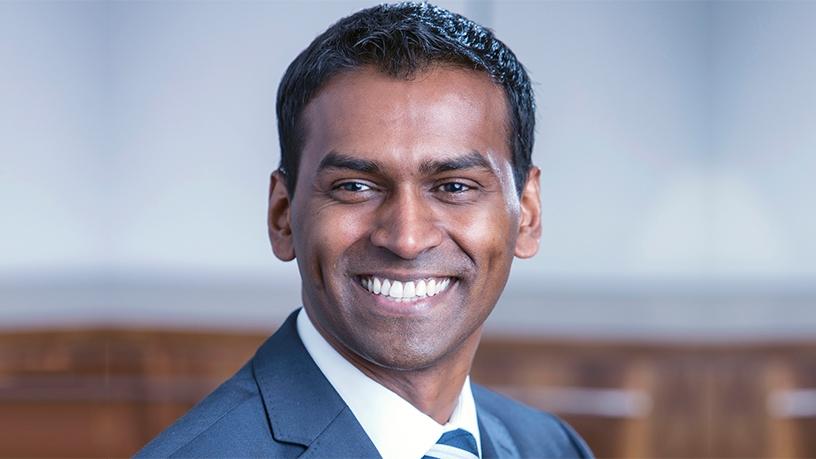
There are some things you're not supposed to be able to just bounce back from. Colonialism. Civil war. Genocide. That's what the conventional thinking says. But all it takes is a trip to Rwanda to defy that thinking.
If you'd have suggested 20 years ago that cities like Kigali would serve as a blueprint for smart city development, you'd have been laughed out of the room. Back then, the memory of the Rwandan genocide was still fresh and it seemed inconceivable that the country could recover. Today, it is thriving, despite the challenges.
Rwanda's journey to innovation superstardom isn't unique. With a long history of armed conflict and drug trafficking, Colombia seems like an unlikely candidate for a technology hub. A continent-leading software and services industry says otherwise. The city of Medell'in, notorious for housing Pablo Escobar, now has a reputation as one of the world's most innovative cities.
It's a pattern that keeps repeating itself. Despite limited infrastructure and high levels of inequality, post-conflict nations are capable of punching far above their weight when it comes to innovation and digital advances.
Since 2012, Sub-Saharan Africa has produced more innovation achievers (lower and middle-income economies that perform significantly better on innovation than their level of development) than any other region in the world.
Forget "Hotel Rwanda" and forget "Narcos". It's not the 90s anymore; the developing countries narrative has rightfully shifted. Infrastructure challenges, once cited as a nearly insurmountable roadblock, are now being reframed as a potential driver of innovative thinking and new business models.
Necessity is the mother of invention
Case studies show that nations like Rwanda, Columbia, India and South Africa outperform more developed nations when it comes to fields like mobile money, alternative credit models and micro-financing products.
While these countries are obviously very different from each other, they all have a history of infrastructure challenges, social inequality or some sort of recent conflict. What's interesting is not where infrastructure issues have prevented these countries from growing, but where they have acted as a catalyst for rapid transformation or adoption of new technologies.
Infrastructure challenges, once cited as a nearly insurmountable roadblock, are now being reframed as a potential driver of innovative thinking and new business models.
Take the state of Internet connectivity in Africa, which has grown in leaps and bounds over the last decade or so, thanks to the widespread adoption of 3G and wireless Internet. Africa embraced the technology much earlier and more enthusiastically than the United States or Western Europe because broadband Internet was prohibitively expensive for most people. While the rest of the world was plugging in their ADSL lines, Africa found another way to leapfrog the system.
While the world is going crazy over crypto-currency, Africa developed M-Pesa, a financial services platform designed for feature phones. From micro transactions to remittances to bill payments, M-Pesa grew out of a need that wasn't being filled by traditional financial systems.
A decade later, many developed nations still don't have a mobile payments ecosystem as intuitive, seamless and affordable as M-Pesa. Meanwhile, Africa's cashless economy is booming, with new services emerging on a regular basis. The M-Pesa model has been rolled out in India and Eastern Europe.
It's disruption by way of MacGyver: work with what you have and make a plan. And if the clever workaround is scalable, affordable and relevant enough, it will grow to become the infrastructure.
The difference is data
There are countless examples of how limited access to infrastructure has inspired clever workarounds and revolutionary new products and services. The question is: How do you harness that potential? How do you make sure you're investing in the right tools to help overcome a lack of infrastructure? It's about executing a workable solution.
You need to be willing to embrace that left-field thinking that believes there's always a way around, of course, but knowing what that looks like comes from immersing yourself in your customers' lives and society.
The new innovation challengers like Capitec and Discovery didn't get there by throwing ideas onto a wall, but by using data to build a complete and complex picture of the context they're operating in.
Traditional data sources don't always offer that complexity of data needed to make smart decisions, especially in places like Sub-Saharan Africa. This is where that MacGyver thinking comes in handy. Finding clever, alternative ways of acquiring the relevant data.
You can't pull off non-traditional solutions by relying on traditional approaches. If places like Rwanda, Colombia and Kenya have taught us anything, it's that the path to development and innovation is much more varied than we thought.
Share